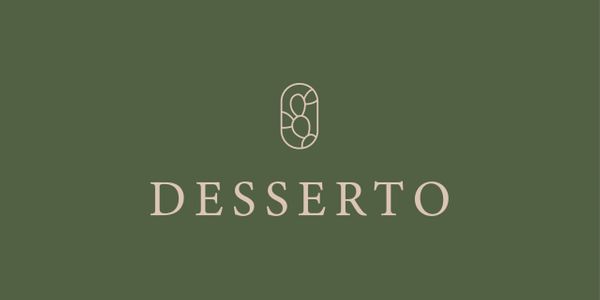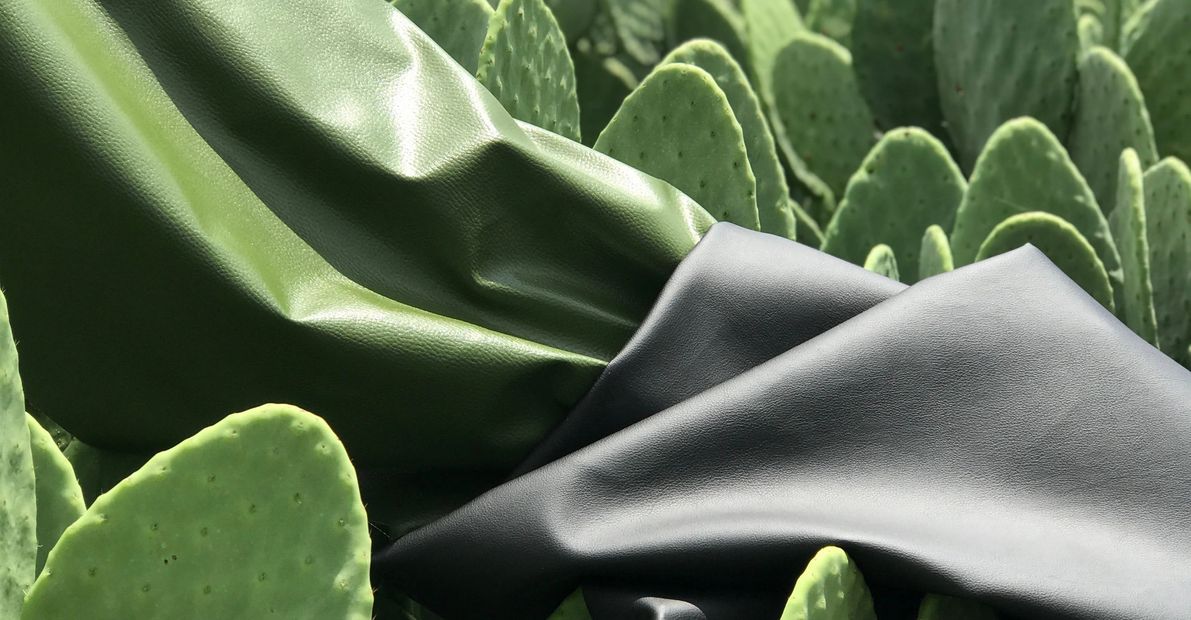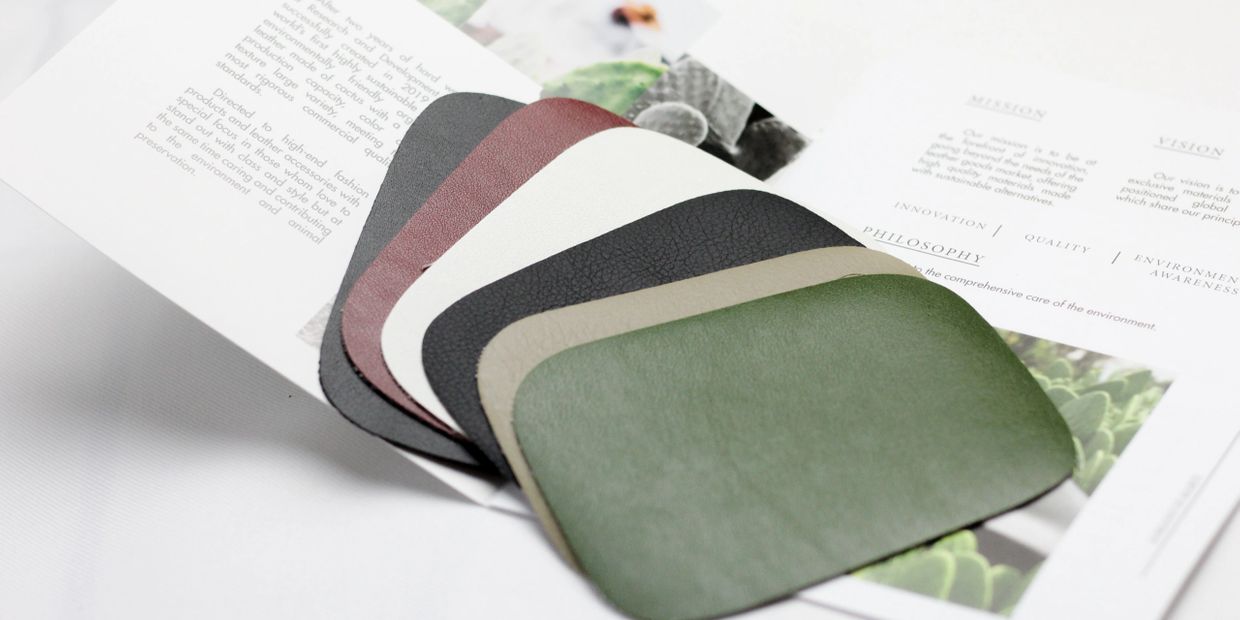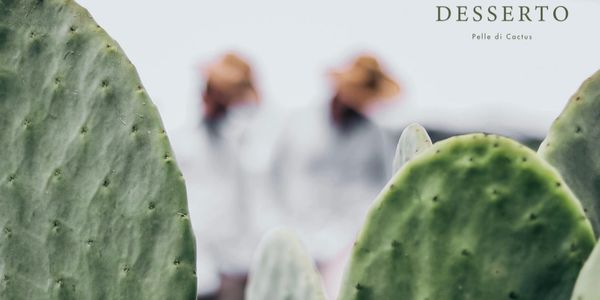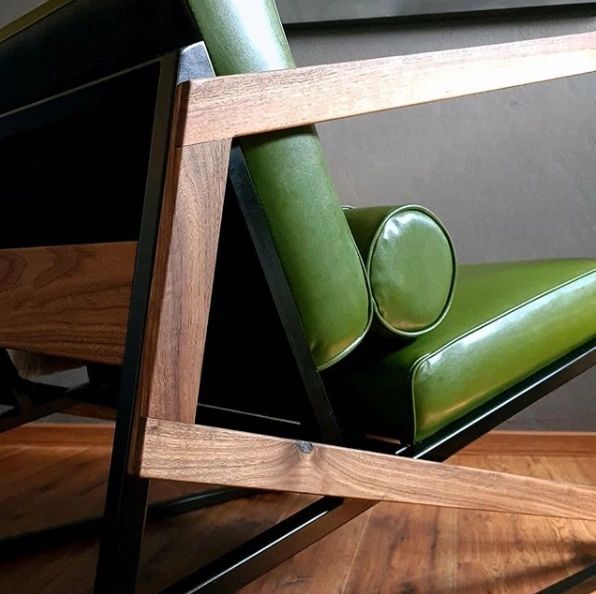Discover Cactus Leather
April 15, 2021 | Alden Miller Interiors, Noteworthy
More and more, we are looking for innovative products that promote sustainability and make environmentally conscious decisions in their sourcing and production. In that vein, we found Desserto®, a company based in Zacatecas, Mexico. They grow Nopal Cactus, and transform it into a highly sustainable, organic material that is an environmentally friendly substitute for leather. We wanted to know if this product could be a game changer.
The Problem with Leather
Leather is ubiquitous in interior design. It is used for everything from sofas and chairs, to pillows and wall treatments. Traditional leather is made from animal hide. Animals are expensive to feed, corral, and harvest. It takes tremendous resources, particularly water, to grow cattle and tan the hides. Furthermore, chemicals used in the processing of leather make it not biodegradable.
After working in the fashion and automotive businesses, Desserto® founders, Adrian Lopez Velarde and Marte Cazarez, became concerned about the environmental impact those industries have on the planet. After learning that the fashion industry is the second largest polluter in the world, and that one of the worst offenders is leather, they sought an alternative. And, they were not interested in faux leather, they wanted something organic and environmentally sustainable.
Sustainable Transformation
After years of brainstorming, researching and trial and error, they discovered that leather made from cactus might just be the answer. Cactus is the most abundant plant in Mexico and harvesting its leaves does not kill the plant. They cut off mature leaves and the plant stays in tact to grow more leaves. Cacti are perennial and thrive with little to no water, so no irrigation is needed. These cacti, also known as the prickly pear, are super resilient and can survive in both hot and cool temperatures.
The Desserto® proprietary process involves cutting the cactus leaves, cleaning them, mashing them, drying them for just three days, and mixing them with non-toxic chemicals. The result is organic, biodegradable, and vegan leather, which can then be formed into various textures and colored to different shades. Is it also flexible, breathable, and strong and lasts up to 10 years. Velarde and Cazarez also claim the cost is comparable to animal leather.
Their cactus leather is currently used for shoes, accessories, apparel, and furnishings. This product is available to source now and can be used to upholster chairs and other furniture. Our industry benefits when vendors innovate and think outside the box to discover environmentally sound and sustainable products.

